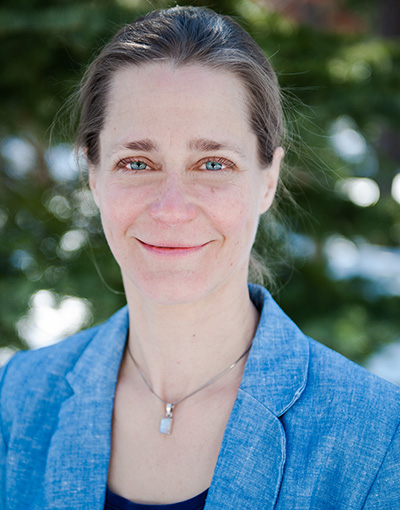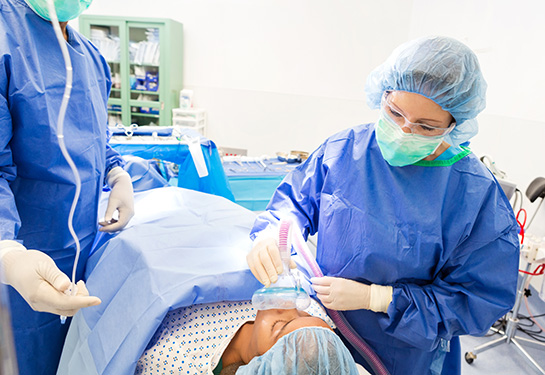Earth Day: How anesthesiologists are tackling greenhouse gases in the operating room
When most people have surgery requiring anesthesia, they probably aren’t thinking about the carbon footprint of the gases used to keep them unconscious during the procedure.
But it turns out that one of the gases commonly used in operating rooms — desflurane — is a highly polluting greenhouse gas.
“One hour of desflurane use is equivalent to driving a car for 400 miles,” said anesthesiologist Nina Schloemerkemper, a professor and clinical director of Obstetric Anesthesia at UC Davis Health. “And when you think about the number of surgeries that take place every year just in the U.S., that adds up to a significant amount of pollution.”
This is why UC Davis took desflurane out of its operating rooms years ago.
Schloemerkemper and other anesthesiologists at UC Davis Health use a different gas, sevoflurane, which is also a greenhouse gas, but significantly less polluting. “It is like driving a car 8 miles instead of 400,” Schloemerkemper said.
Gases are used in breathing machines

In addition to using the less-polluting gas, UC Davis and other University of California medical facilities are studying whether they can reduce the amount of anesthetic gas used during surgery.
When patients have surgery, they are usually given sedating medications that are delivered into their vein. Then, Schloemerkemper explained, the majority are intubated, which involves inserting a breathing tube down their trachea. A breathing machine that uses gases like sevoflurane keeps the patient unconscious during surgery.
By implementing small changes, the anesthesiologist can allow more anesthesia gas to be “reused” breath by breath, significantly reducing the amount used and ultimately released into the atmosphere.
“Patients don’t notice any difference with these small changes. Otherwise, we wouldn’t do it. Our top priority is to keep our patients safe. We are there to take care of them,” Schloemerkemper said.
Reducing emissions by reducing waste
To monitor the more environmental practice and encourage anesthesiologists to adopt it, UC Davis is working on giving providers individual feedback by displaying their fresh gas flow rates and sevoflurane used in an online dashboard. The goal is to reduce emissions by more than 50%.
Other UC medical centers are also looking to reduce waste. Schloemerkemper is the co-author of a study led by UCSF looking at a system that alerts anesthesiologists when the flow rate for anesthetic gas exceeds a specific amount.
The researchers found that the system reduced anesthetic gas waste, leading to cost savings and environmental benefits. They also found the system could be easily implemented at other medical facilities.
“Reducing greenhouse gas emissions is vital to combat climate change,” Schloemerkemper said. “Ours is a small contribution to the overall goal of reducing greenhouse gases. But if everyone is aware of how they might be able to make small changes — that can add up. Combined, we can all have an impact.”
Resources




